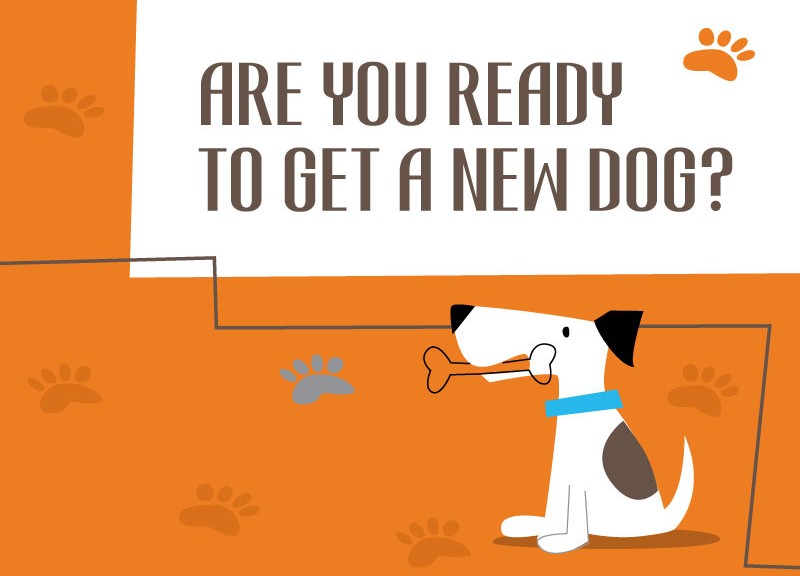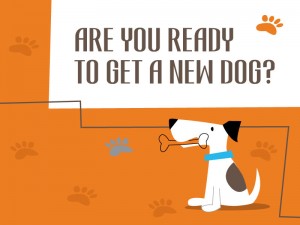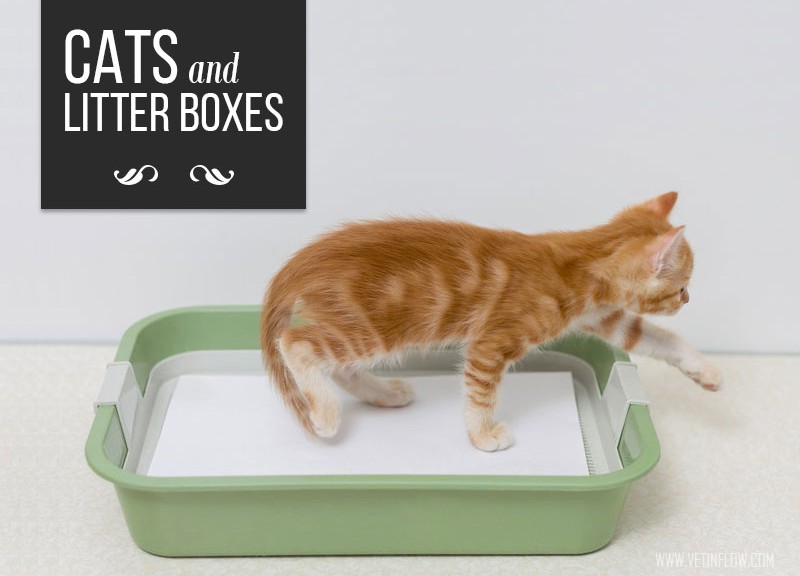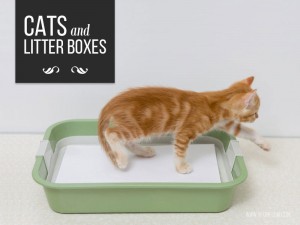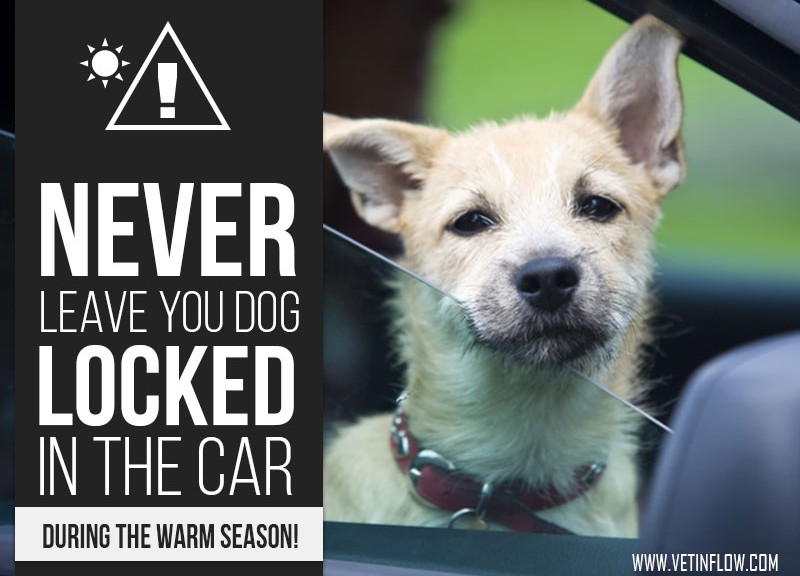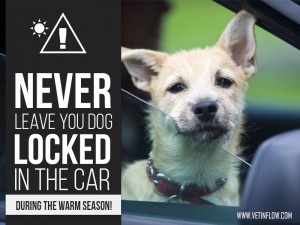Owning a dog can be incredibly rewarding but it is also a huge responsibility! In a recent article by Sainsbury’s Bank you can find lots of useful and important information on everything you need to know and consider before getting a new dog.
Future dog owners must ask themselves if they have the time, the money and the means to deal with such a long term commitment. The average dog has a 12 year lifespan and will need to be walked, groomed, trained and cared for on a daily basis. Expenses such as food, veterinary fees and pet insurance also need to be accounted for.
If the answer to these questions is yes then it is time to decide what type of dog would better suit the owner’s personality and lifestyle. Some owners might be better suited with an older dog rather than a puppy and there are plenty of breeds to choose from.
Once your puppy/dog is chosen it’s important to have all the essential items dog owners will need for their new dog such as a lead, a collar and/or harness, food and water bowls, grooming equipment, etc.
The article then moves on to some very useful tips on how to dog-proof your home:
- Hide electrical cables behind furniture/ tape to baseboards
- Remove all breakable objects that your dog might reach
- Place any household chemicals out of reach
- Remove poisonous/toxic houseplants
- Hide shoes in cupboards
An essential part of your new dog’s arrival is the way he or she is introduced to other family members. It’s important to include children in a puppy’s upbringing, regardless of whether there are any kids in your home or not and you should always insist that the dog approaches the child, rather than the other way round.
As for other dogs the ideal is to introduce them on neutral territory, such as out on a walk. You should not leave them alone together until they’re friendly and separate them if they start to fight. If there are cats in the household, the introduction should be made gradually and carefully. The cat must always be able to remove himself from the situation if he or she is not feeling comfortable.
If you are getting a puppy you’ll need to do some toilet training. Please remember to take your new puppy out as regularly as possible (puppies should be able to relieve themselves at least every two hours) and to give him or her lots of praise when they successfully poo/wee outside.
Other important considerations include:
- Identification – by law dogs must wear a collar and tag in public places, with their owner’s name, address and telephone number on it and microchipping will be compulsory from April 2016 in England, Wales and Scotland
- Check-ups, vaccinations and neutering – most veterinary practices provide health care packages that work alongside your pet insurance, helping to manage the costs of both check-ups and preventative treatments
- Choosing the right insurance – Policies vary when it comes to the level of cover they offer. It’s a good idea to research and compare pet insurance policies before you make a final decision.
To have access to the full Sainsbury’s article with all the information on how to prepare for a new dog please click on the link below:
https://www.sainsburysbank.co.uk/library/default/pdf/preparing-for-a-new-dog.pdf
Would you like to know more about dogs? Check our Canine Courses:
Canine courses
